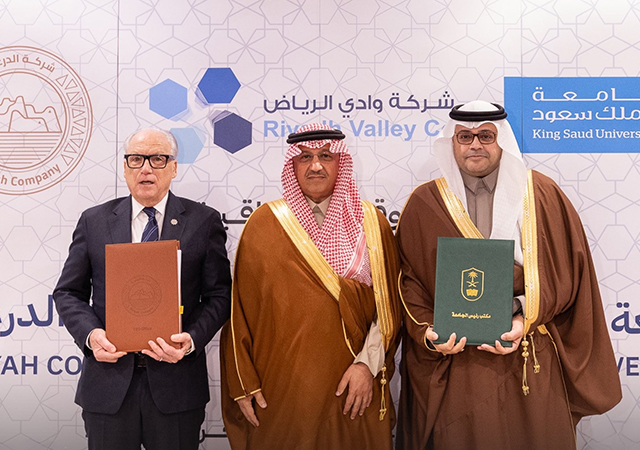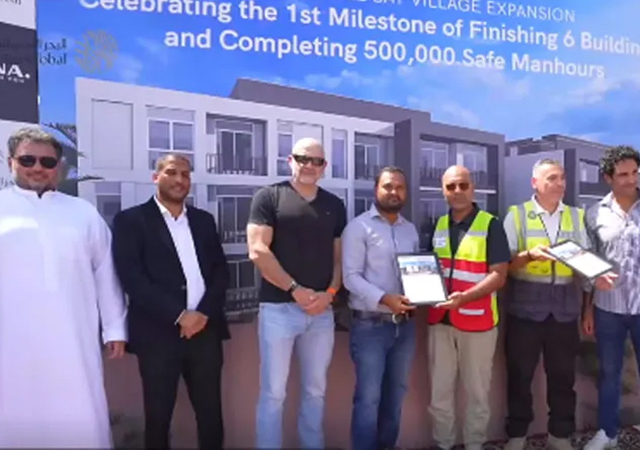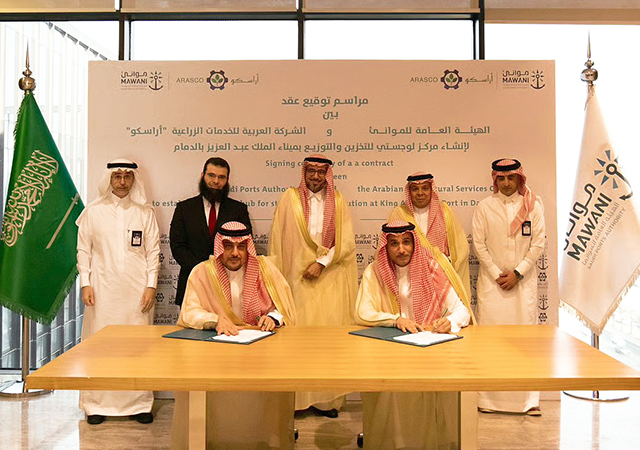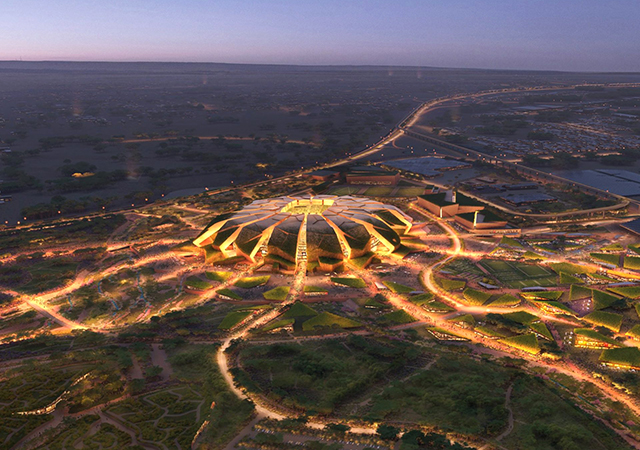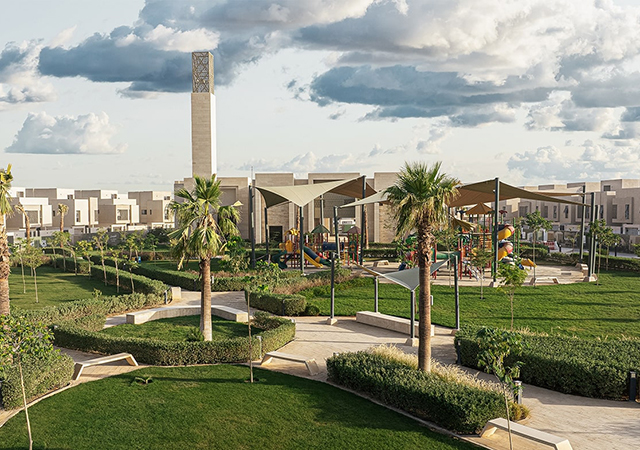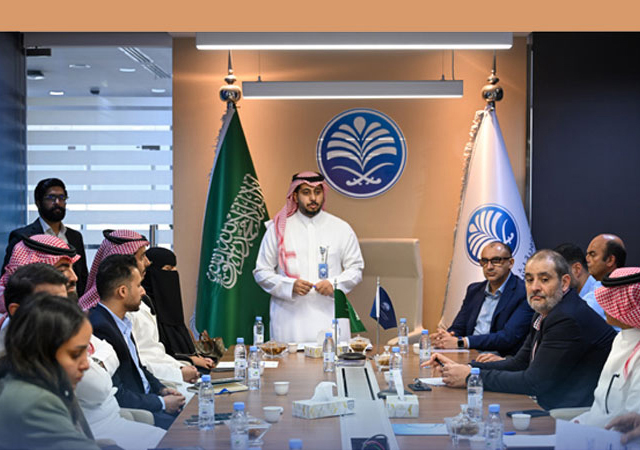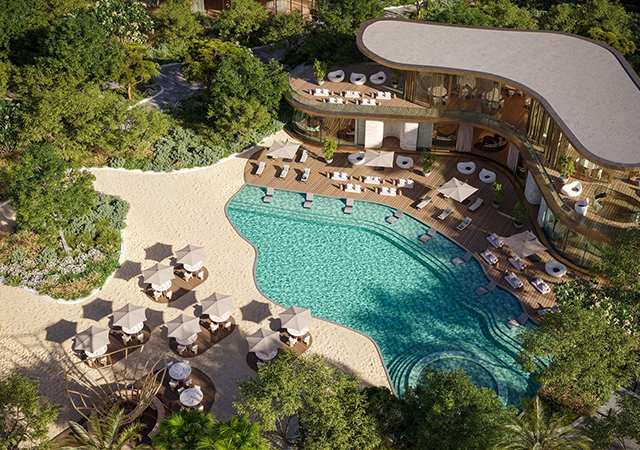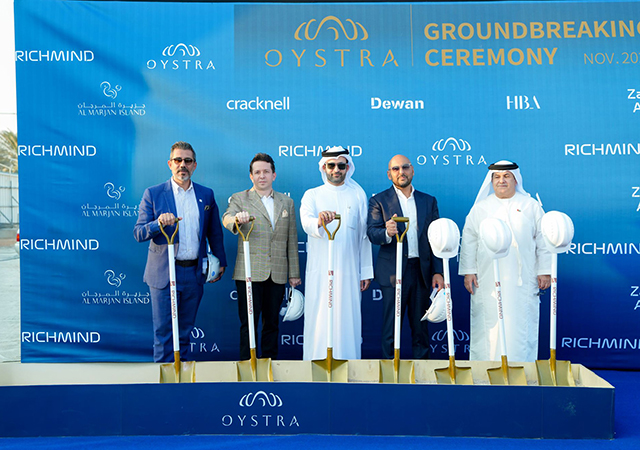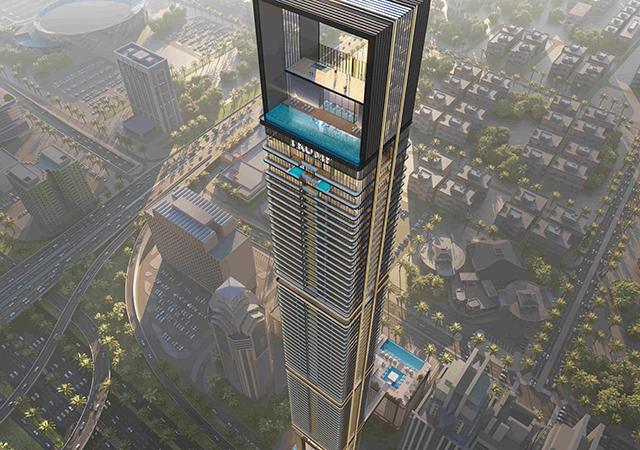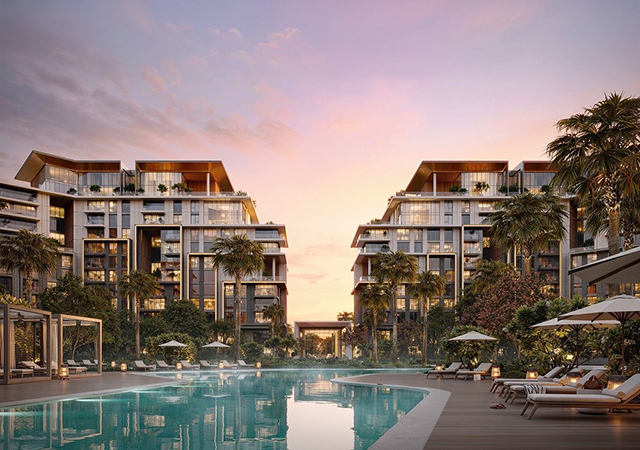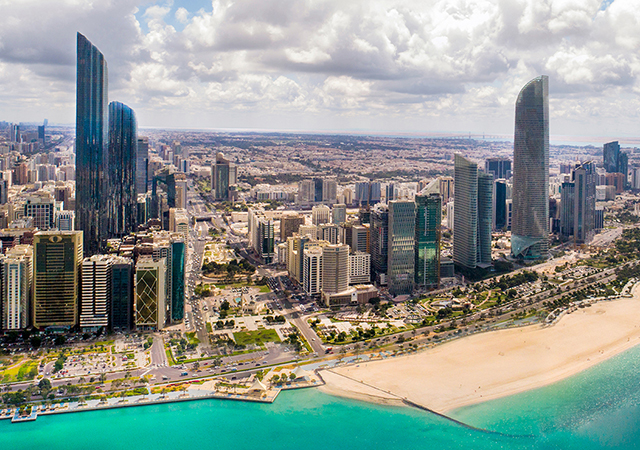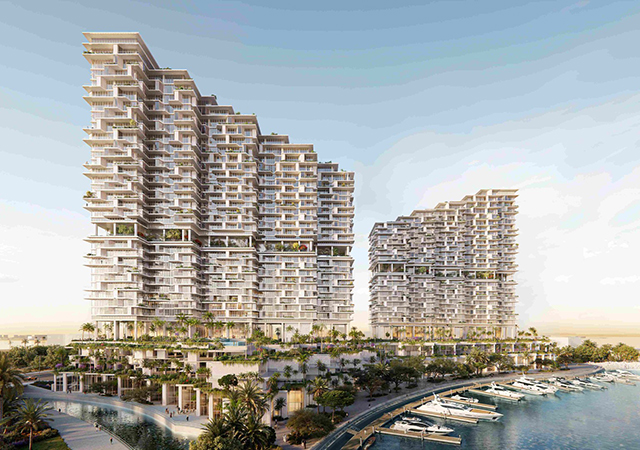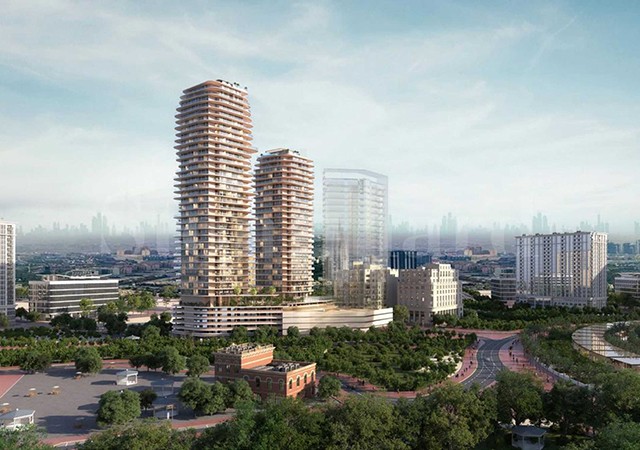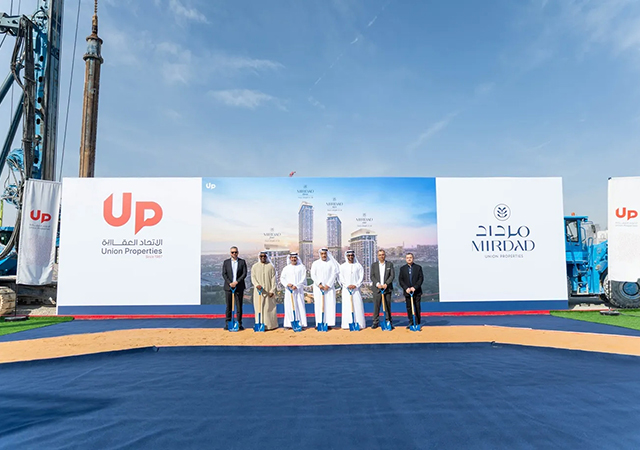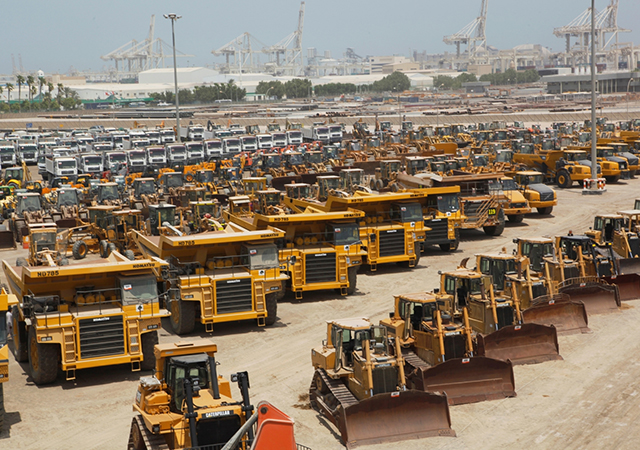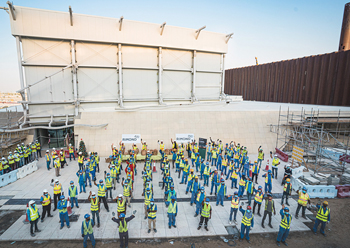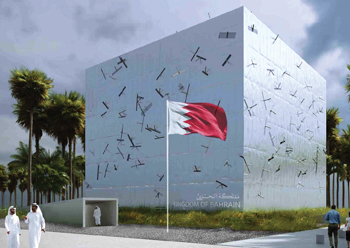
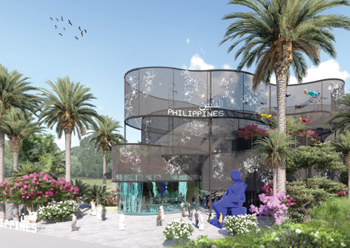 The coral-reef shaped pavilion will deploy leading-edge architecture and design.
The coral-reef shaped pavilion will deploy leading-edge architecture and design.
Philippines has announced that 87 per cent of the construction work had been completed on its country pavilion – Bangkóta – at Expo 2020 Dubai and was on track for handover in March this year.
Designed by Budji+Royal Architecture+Design and curated by Marian Pastor Roces, the 1,386-sq-m facility reimagines the Filipinos as a coral reef, interconnecting not only with each other but also with the world.
The Philippines Pavilion aims to focus on dedicated collaborations or “bayanihan” – which has been greatly visible with the collective efforts between the Philippine team, the UAE-based construction team, as well as other multi-cultural and multinational entities, both in the Philippines and Dubai, said the Philippine Department of Trade and Industry (PDTI).
Bangkóta will deploy leading-edge art, architecture, and design to highlight the progressive development of the nation, as well as tell the untold story of Filipinos in an engaging and interactive platform, it added.
Announcing the project progress, PDTI and commissioner general secretary, Ramon Lopez, said: “The pavilion’s concept, including the materials to be used, has been well thought of by the creators, a reason it became easier for the team to go ahead and build the design. While recent restrictions brought about by the pandemic posed a challenge, they also unleashed within the team their resourcefulness and creativity – allowing them to pull such magnificent work without any delays,” he stated.
According to him, Bangkóta highlights the country’s passion for sustainability – sourcing the majority of its materials that are recyclable from the local markets of the UAE.
“Such readily available materials are among the contributing factors that led to them staying on track of their schedule despite the movement restrictions caused by the pandemic,” stated Lopez.
Philippine Ambassador to the UAE Hjayceelyn Quintana, expressed pride at the creativity of the Filipino Expo team in the creation of Bangkóta.
“The design of the Bangkóta Pavilion, or “coral reef” in ancient Tagalog, honours the natural resources that the Philippines has to offer, specifically the architectural character of the coral reefs native to the archipelago,” she added.



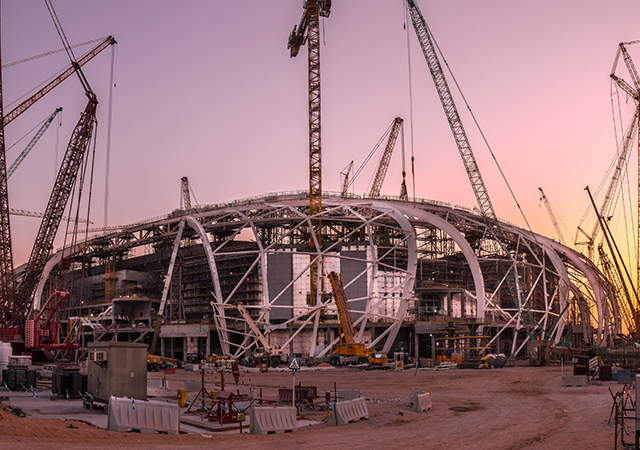
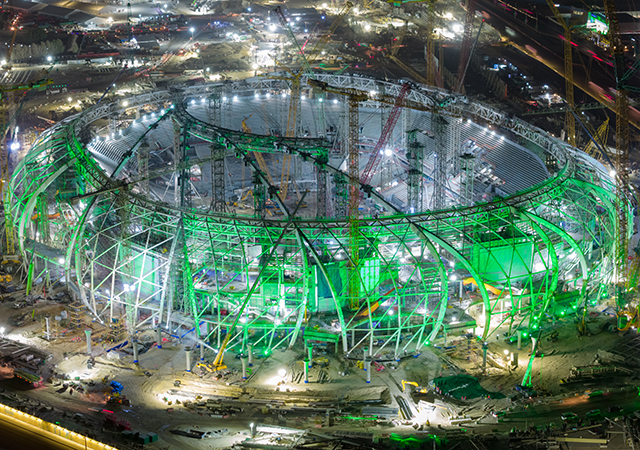
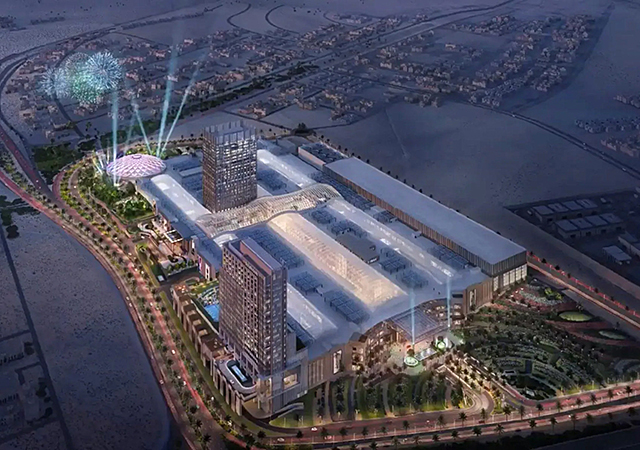
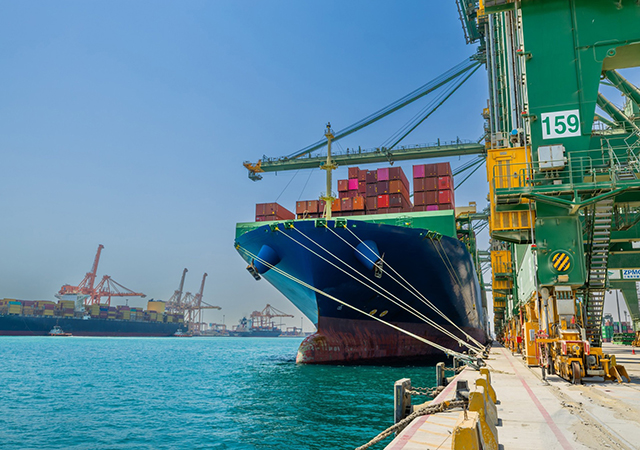
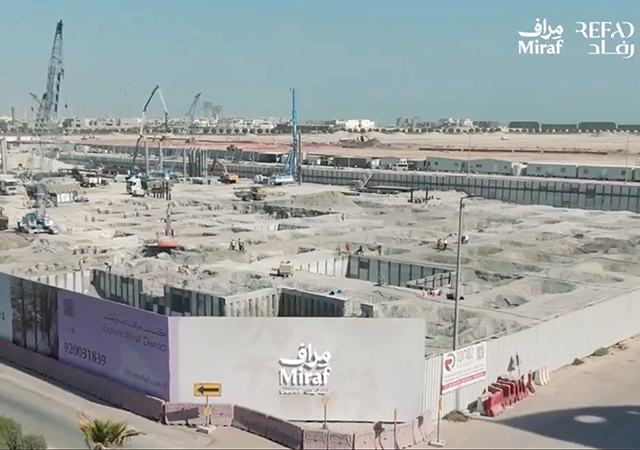
.jpg)
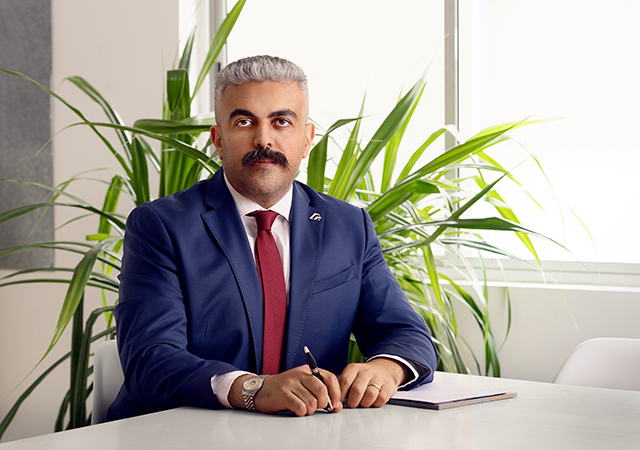


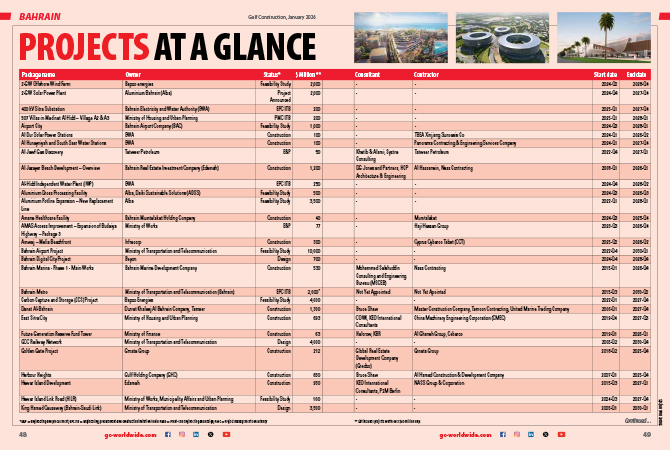
.jpg)
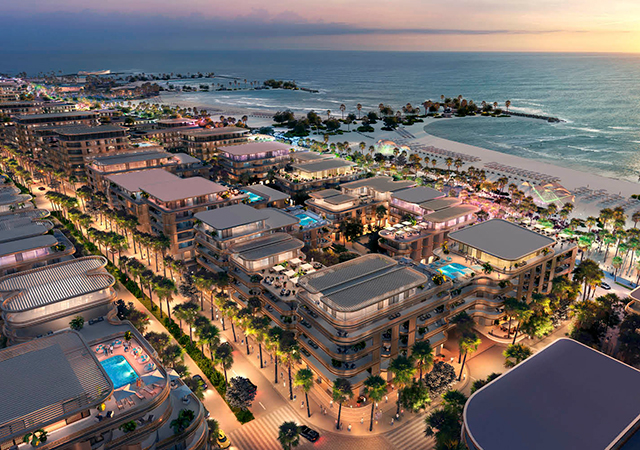
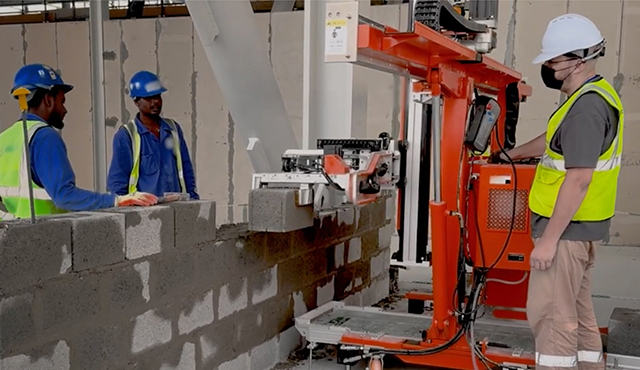
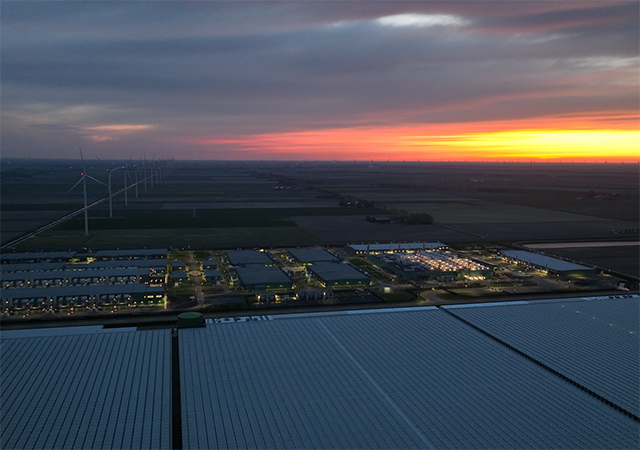
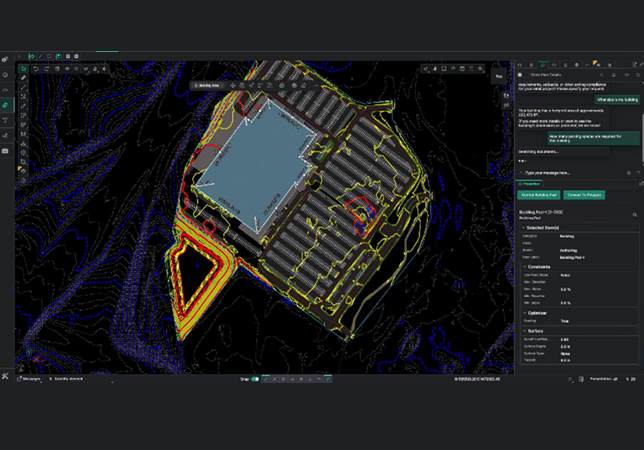




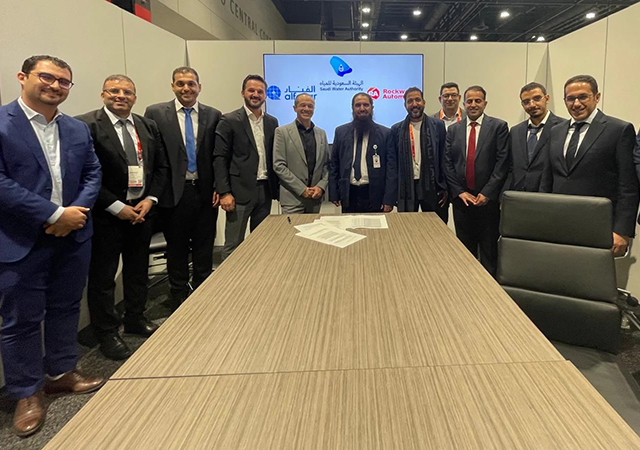

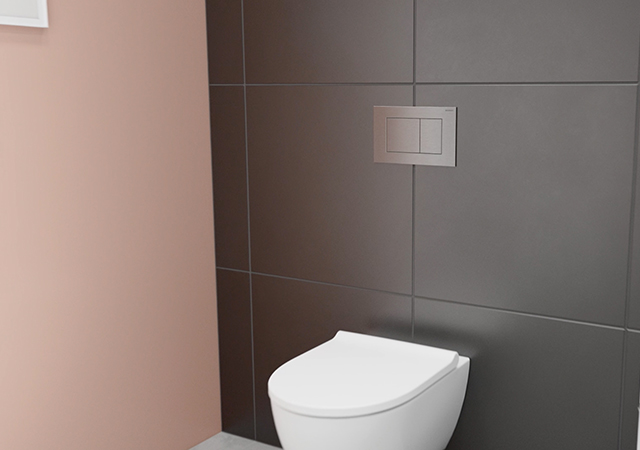

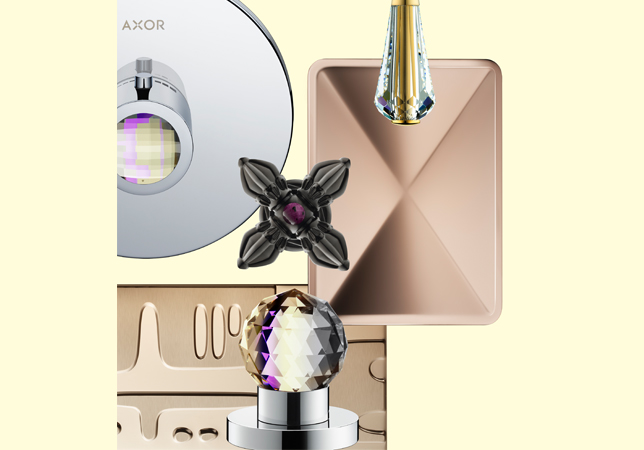

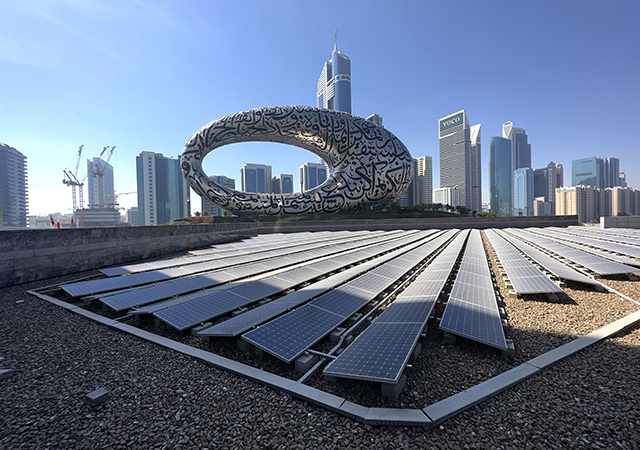
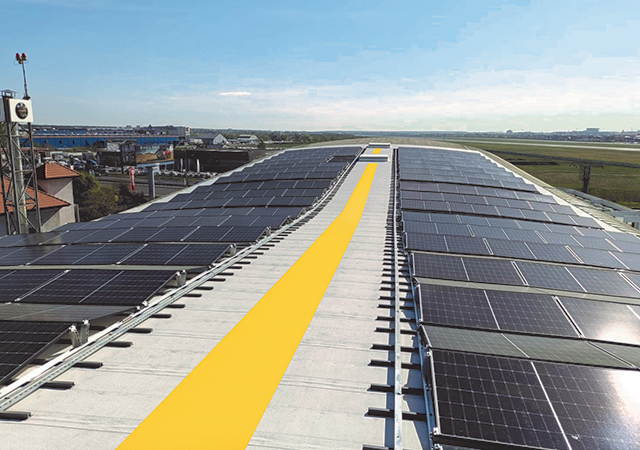


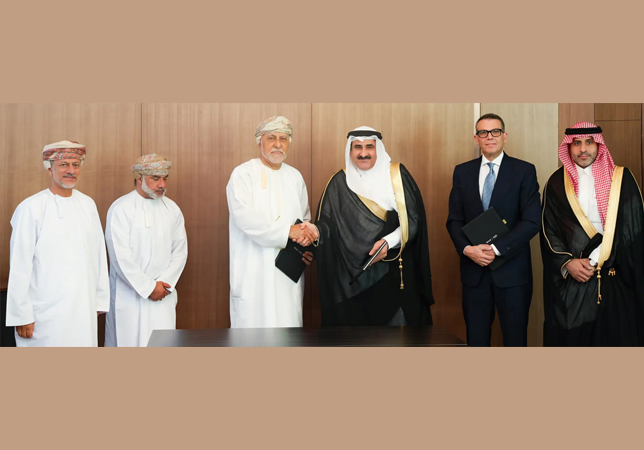
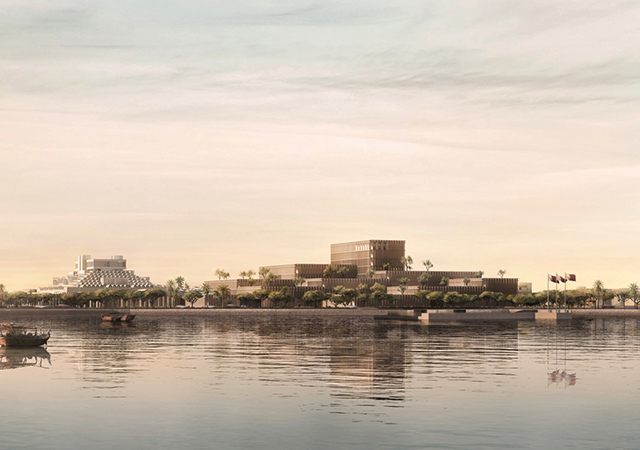
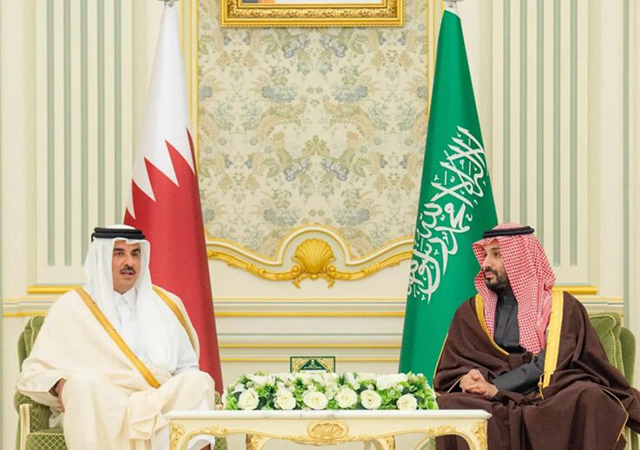


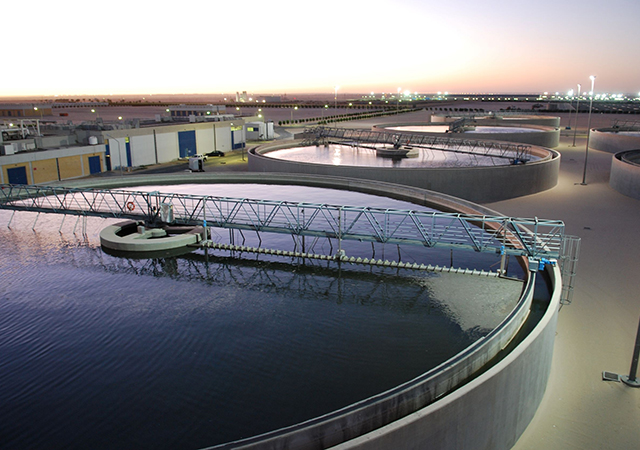
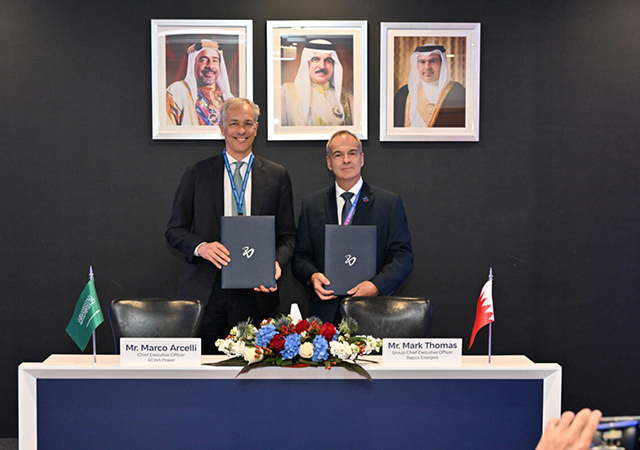


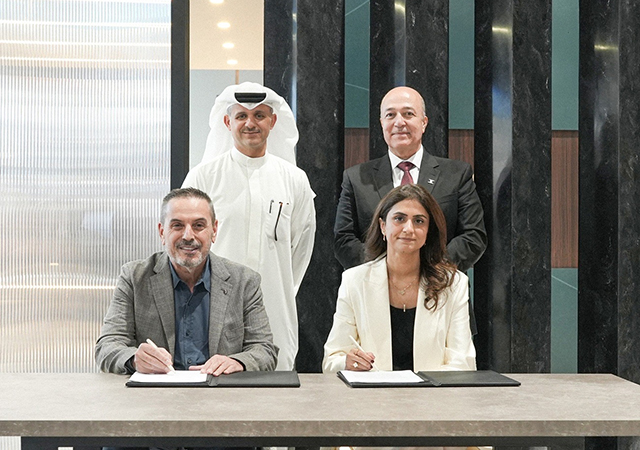
.jpg)
